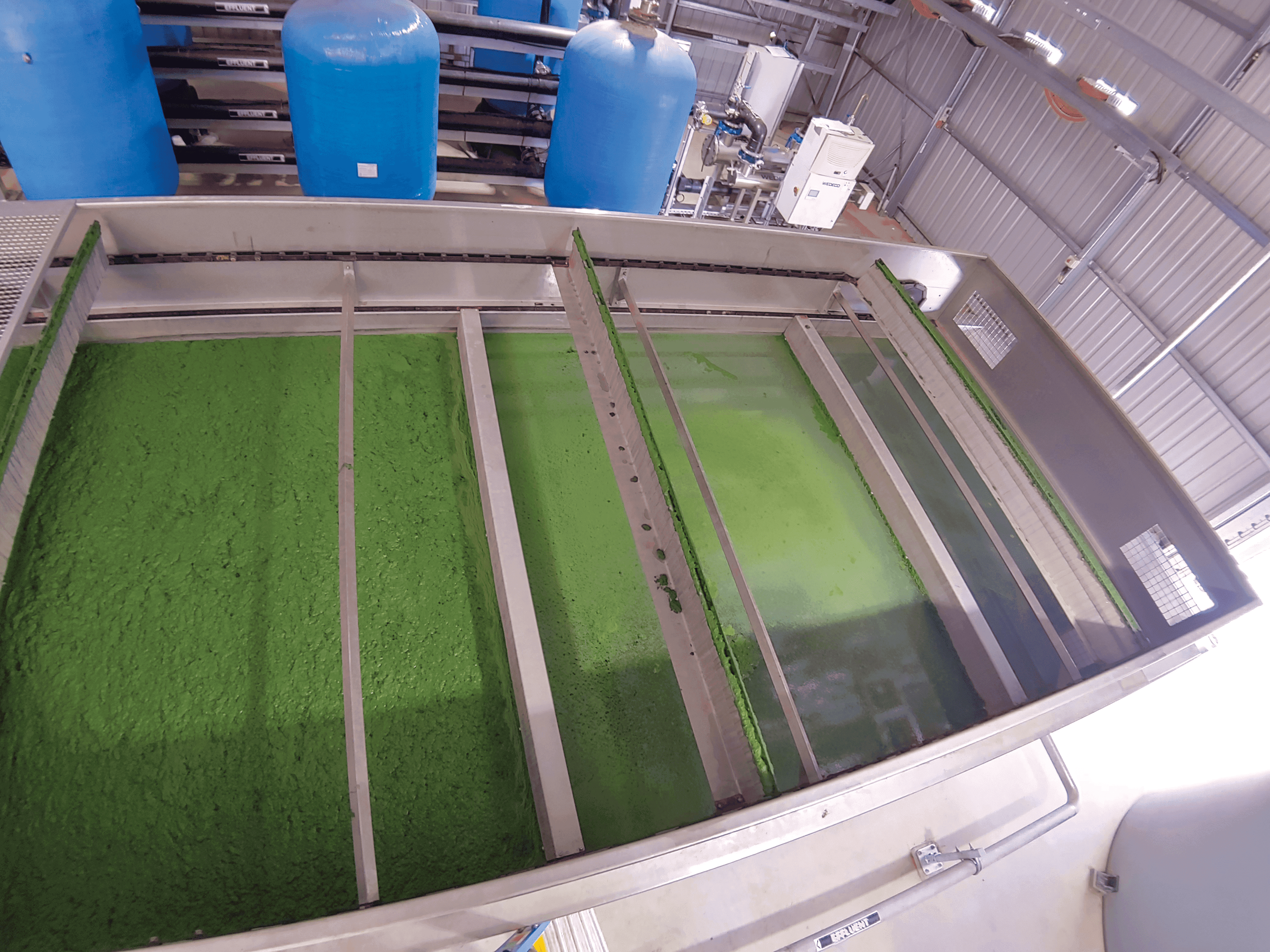While our global diplomats flood the COP26 media cycle, the climate crisis continues to stress natural capital and adversely impact our island communities.
One of the negative impacts Island communities will experience more often as the climate crisis escalates, is an increase of algal blooms in our natural water supplies.
Algae as a collection of organisms are an incredibly important part of our ecosystem, being a primary producer in the natural food chain and as a major contributor of oxygenation in our drinking water reserves through photosynthesis.
There are two main groups of algae, the cyanophyta (blue-green algae’s) and the eukaryotic (all other species). In terms of impact, blue-green algae are toxic to humans and plant like algae damage equipment through blockage. When algae bloom, communities suffer diminished resilience through disruptions to water supply.
Climate change is here to stay and algae is likely to become one of the leading antagonists impacting our water resources.
Recent data suggests an average temperature increase of 4 degrees is highly likely and as air temperature increases, water temperature does as well. As the temperature increases the surface layer of water becomes warmer and increases the reproduction rate of algae. With temperature increase comes an increase in the frequency of rainfall and storms, which in turn, washes greater levels of nutrient from surrounding land-based environments into water bodies. An increase in nutrients in our water bodies provides an increase in sustenance for the algal colony.
The smaller the organism, the faster it reproduces and the harder it is to control. The recent Covid outbreak is a textbook example. All in all, climate change will provide the perfect environment for more regular and greater algal bloom events.
So, if we can’t control algal blooms, how do we reduce or eliminate their impact on our water security?
Hydroflux Epco apply the HyDAF system as an effective first line of defence to protect water treatment plants and communities from negative algal impact. We need algae in our natural water bodies but we don’t need it in our water treatment plants or water supplies.
To eliminate the algae problem in a community water supply the Hydroflux Epco HyDAF system is placed behind the inlet screen and ahead of all other treatment plant equipment protecting everything from pumps through to media, membrane filtration and reticulation networks within the community. DRINKABLE WATER EVEN WHEN YOUR DAMS ARE CONTAMINATED WITH ALGAL BLOOMS.
As a first barrier of protection the Hydroflux Epco HyDAF system works by aerating the incoming flow, promoting bubble attachment to the algae and floating it to the surface where a skimming unit removes the algae. The Dissolved Air Flotation (DAF) process continuously protects down-stream treatment processes.
Several positive impacts are associated with the use of the HyDAF system. In the first instance, damage to equipment through algal clogging and contamination is eliminated. Possibly the most underestimated impact of a Hydroflux Epco HyDAF, in terms of improving water quality is the improvement in taste and odour of drinking water for the community. The decomposition of algae in filtration media is one of the primary contributors of poor taste and bad odour in water supplies, and with HyDAF removing algae at the start of the treatment process, it doesn’t get a chance to deposit in the filtration system and decompose.
Clean drinkable water is a scarce resource and critically important, but its availability will be significantly impacted as the climate crisis deepens. We must constantly seek innovative ways to increase community resilience at an affordable cost with solutions that are fit for purpose. The Hydroflux Epco HyDAF is the ideal first line of defence in protecting the future of your community drinking water supply from algal bloom events.

